China's Mars orbiter has mapped the entire Red Planet, nailing key science goal (photos)
And the resulting photos are stunning.
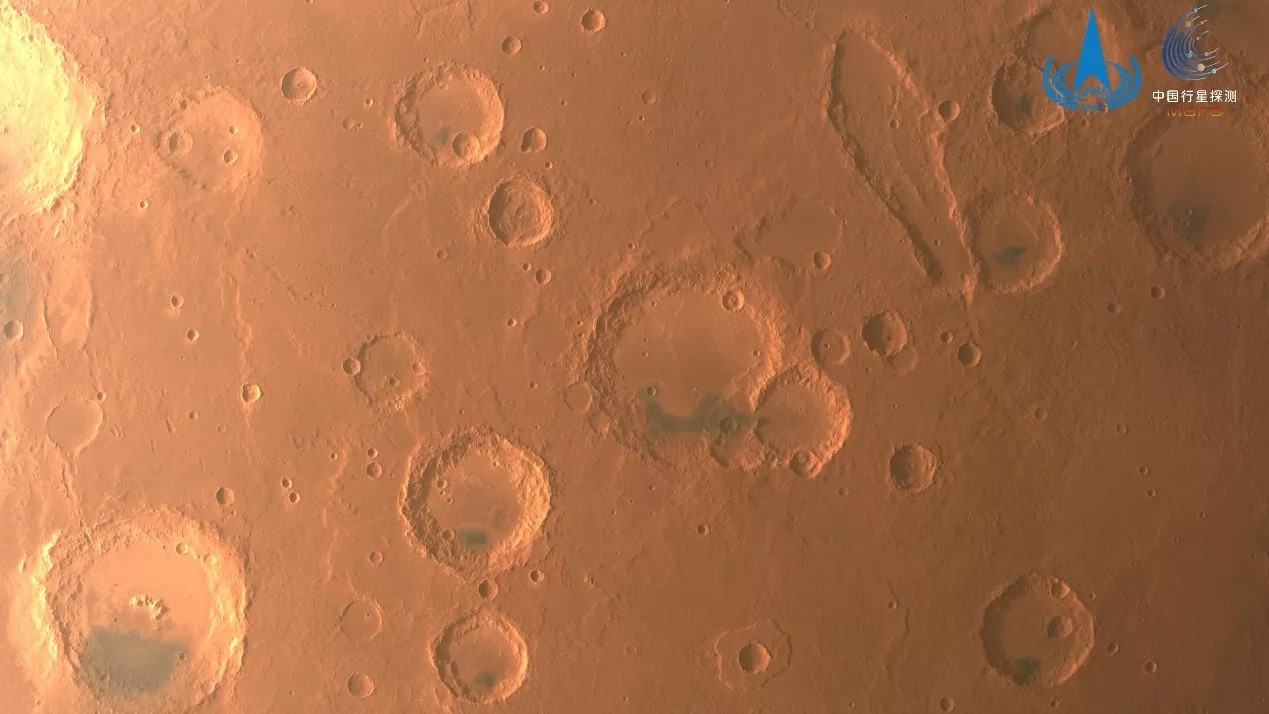
China's first successful interplanetary mission has completed mapping the Red Planet more than a year after its arrival.
The Tianwen 1 orbiter used its medium-resolution camera to image the surface of Mars; the spacecraft also completed science objectives assigned to the six other scientific payloads on board. This milestone means that both the orbiter and the Zhurong rover, which accompanied Tianwen 1 on the trip to Mars, have now completed their planned scientific exploration tasks, according to the China National Space Administration (CNSA).
The agency also released new images that show a series of surface features on Mars as captured by Tianwen 1.
Related: China's Tianwen-1 Mars mission in photos
Tianwen 1 arrived at Mars in February 2021 and has completed 1,344 orbits as of June 29, CNSA noted. The spacecraft initially began imaging portions of the surface in Utopia Planitia, an area pre-selected for the Zhurong rover's landing That work aided a successful touchdown in May of that year.
Once the rover was on the surface, the orbiter primarily provided communications relay support for Zhurong until November, when the spacecraft altered its orbit to begin its own science program, including surveying the planet.
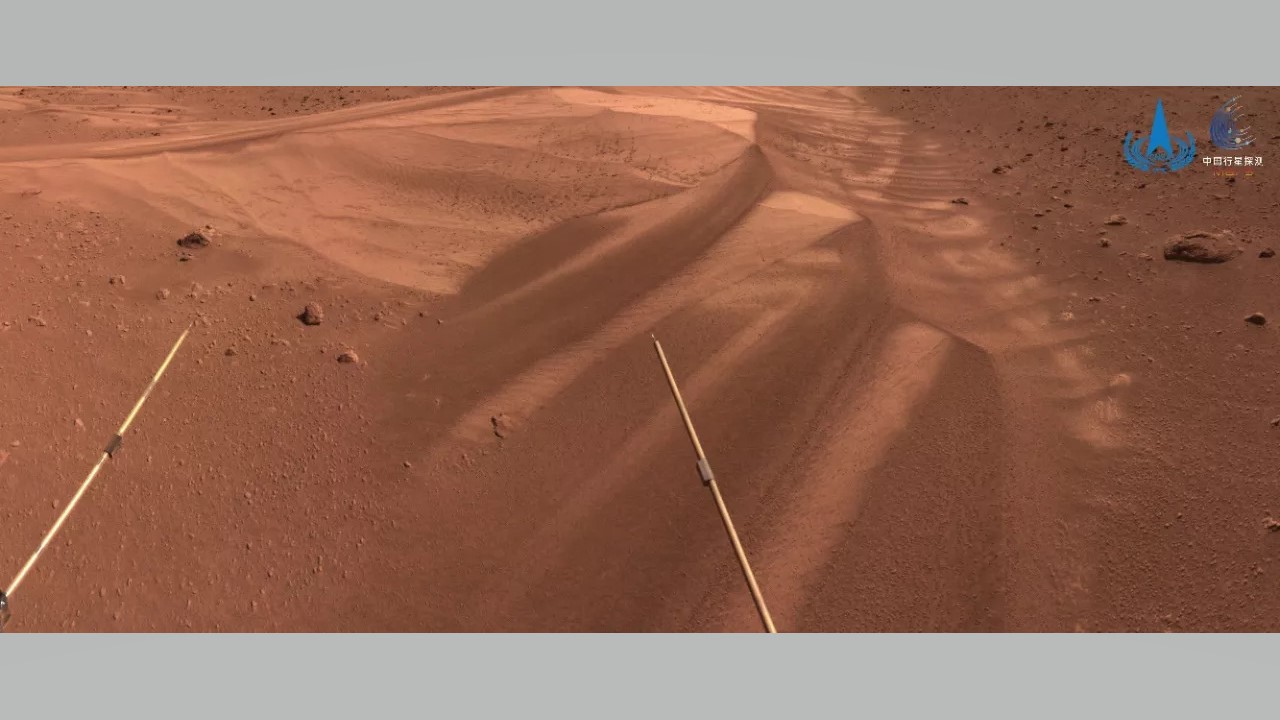

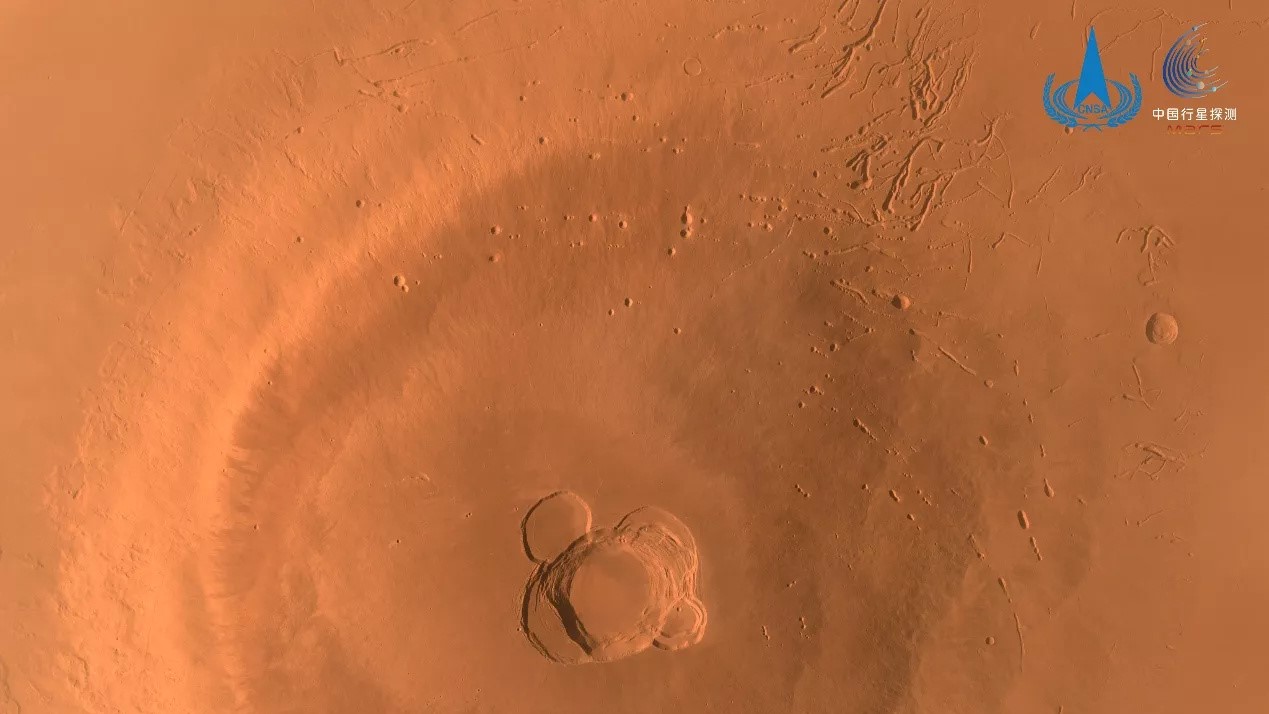
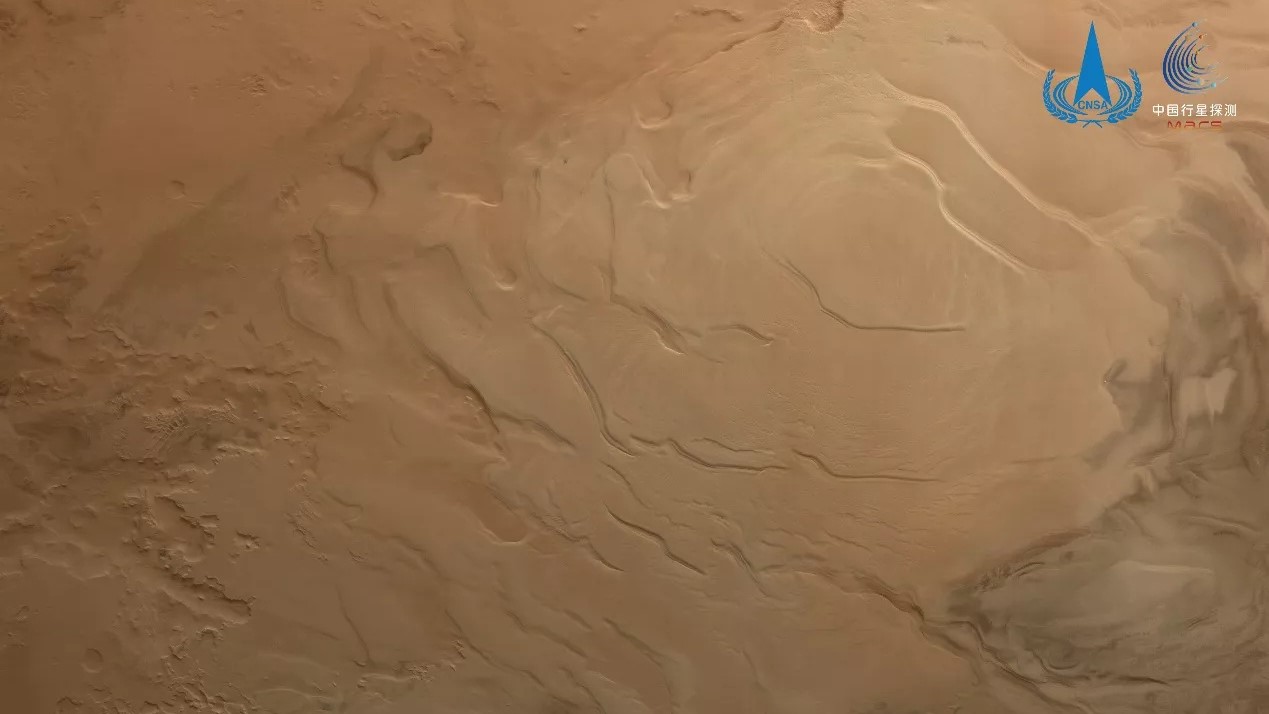
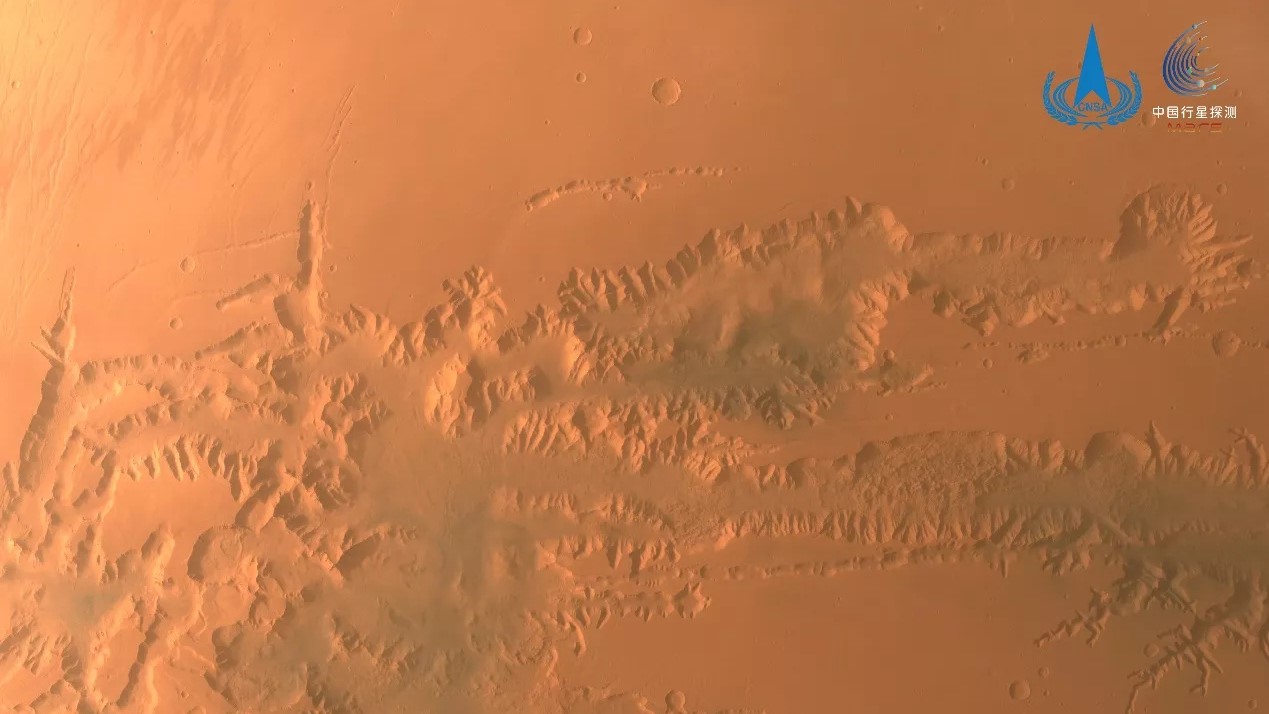

The pair will continue their work despite completing primary objectives, CNSA officials wrote. Tianwen 1 will be used later this year for an aerobraking test — using friction from the Martian atmosphere to slow down the spacecraft — in preparation for Tianwen 3, a complex Mars sample return mission expected to launch in 2028. (Tianwen 2 will bypass the Red Planet, instead collecting a sample from a near-Earth asteroid and studying a second space rock; the mission is currently targeting launch in 2025.)
Get the Space.com Newsletter
Breaking space news, the latest updates on rocket launches, skywatching events and more!
Zhurong, which has traveled 6,304 feet (1921.5 meters) on Mars, is currently hibernating due to winter in Mars's northern hemisphere. The rover is expected to resume activity late in the year with the onset of local spring when its sensors detect higher levels of light from the sun reaching the vehicle.
Follow us on Twitter @Spacedotcom and on Facebook.
Join our Space Forums to keep talking space on the latest missions, night sky and more! And if you have a news tip, correction or comment, let us know at: community@space.com.

Andrew is a freelance space journalist with a focus on reporting on China's rapidly growing space sector. He began writing for Space.com in 2019 and writes for SpaceNews, IEEE Spectrum, National Geographic, Sky & Telescope, New Scientist and others. Andrew first caught the space bug when, as a youngster, he saw Voyager images of other worlds in our solar system for the first time. Away from space, Andrew enjoys trail running in the forests of Finland. You can follow him on Twitter @AJ_FI.









